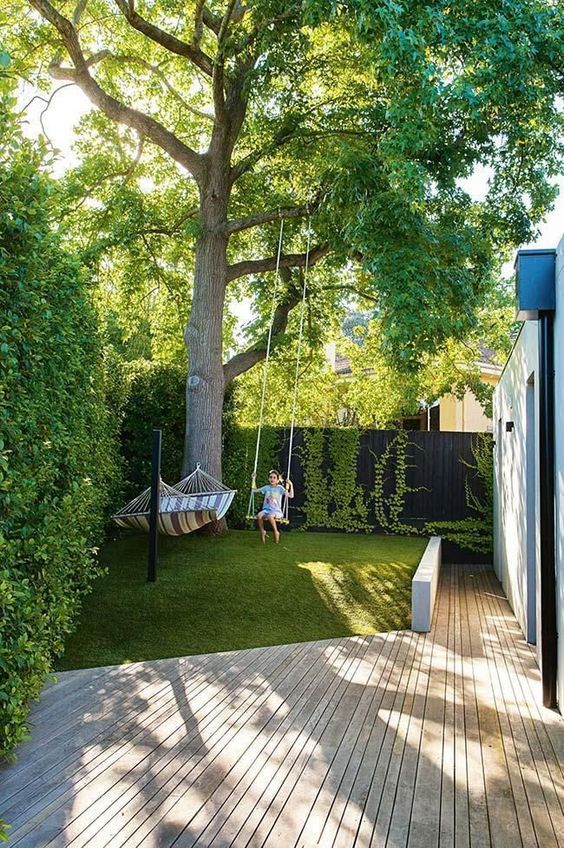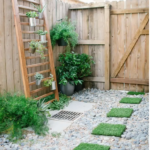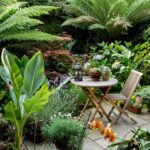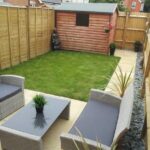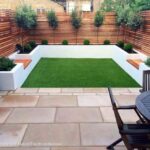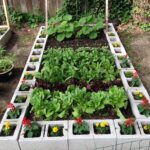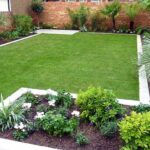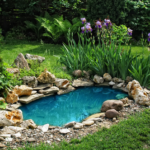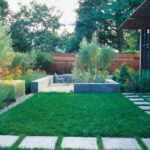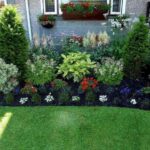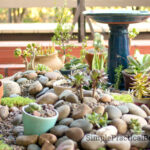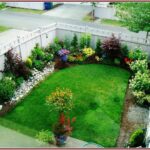Garden design is an important aspect of creating a beautiful outdoor space that is both functional and aesthetically pleasing. By following a few simple principles, you can create a garden that reflects your personal style and enhances the overall look of your home.
One of the first steps in garden design is to determine the purpose of your garden. Are you looking to create a peaceful oasis for relaxation, or a vibrant space for entertaining guests? Consider how you will be using your garden, and tailor your design to meet those needs. For example, if you enjoy hosting outdoor gatherings, you may want to include a patio or seating area in your garden design.
Next, consider the layout of your garden. Think about how you will move through the space, and ensure there are clear pathways and borders to define different areas. By creating distinct zones within your garden, you can create a sense of balance and harmony in the overall design.
When selecting plants for your garden, choose a variety of species that will thrive in your climate and soil conditions. Consider factors such as sunlight and water requirements, as well as the overall look and feel you want to achieve. Mixing different types of plants can add visual interest and create a dynamic landscape.
Incorporating hardscaping elements, such as pathways, retaining walls, or garden structures, can help define the layout of your garden and add architectural interest. These features can also provide functional benefits, such as creating seating areas or dividing the space into different zones. Be sure to choose materials that complement the overall style of your garden and home.
Finally, don’t forget to add personal touches to your garden design. Consider incorporating artwork, sculptures, or outdoor lighting to enhance the visual appeal of your outdoor space. By adding unique elements that reflect your personality and interests, you can create a garden that is truly one-of-a-kind.
